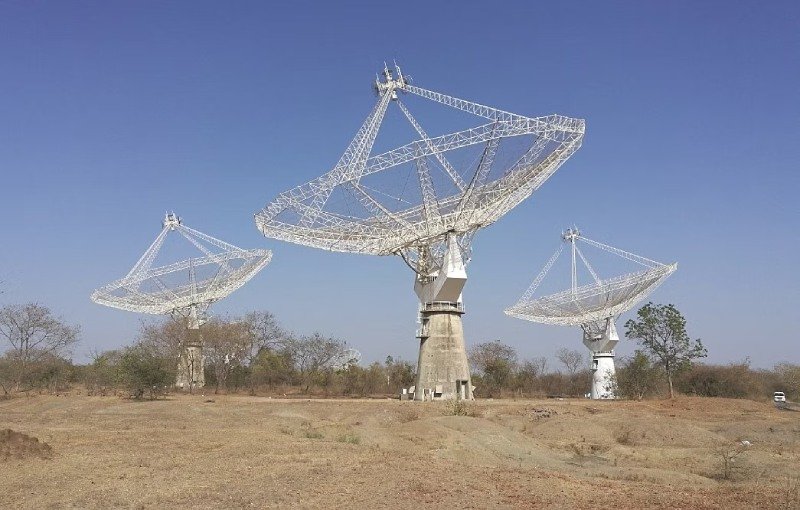It seems like everyone could use a quicker internet connection, and now Japanese engineers have broken the speed record for data transfer. Using a single optical fiber, the group was able to send more than 20 times the amount of internet traffic that exists worldwide every second.
One of the fortunate few who has access to the fastest consumer internet connection in the world will experience a speedy 10 gigabits per second (Gb/s). A larger group uses a connection speed of one gigabit per second, although the majority of us only need a few hundred megabits.
However, the National Institute of Information and Communications Technology (NICT) of Japan has already recorded a data transfer rate of 22.9 petabits per second, which is completely ridiculous. To put that into perspective, one million gigabits is equal to one petabit, which means that at such speed, the whole internet’s traffic could be transmitted 22 times over in real time, with more bandwidth available. NASA receives only 46 terabits/s, or 0.046 Pb/s, per second.
In order to accomplish this milestone, NICT leveraged several new and developing technologies. The cable has 38 cores, each of which may transfer data in three modes, for a total of 114 spatial channels, as opposed to simply one core for data transmission. Three bands (S, C, and L) comprise the 750 wavelength channels that make up each mode in each spatial channel.
That totals 22.9 Pb/s, or more than twice the previous record, which was achieved in 2020, for data transfer rate. The group claims that the system in its current configuration might achieve up to 24.7 Pb/s if the error correction is optimized.
But in the near future, don’t expect to be watching all of Netflix in a matter of seconds. Complex signal processing is needed to decode the data, necessitating the installation of specialized devices called MIMO receivers throughout networks. Shorter term, a four-core version that maintains a reasonable data speed of more than 1 Pb/s while only transmitting data in one mode per core is compatible with the infrastructure already in place.
The study was presented in October in Scotland at the European Conference on Optical Communication.
Topics #Breakthrough fiber #internet worldwide











